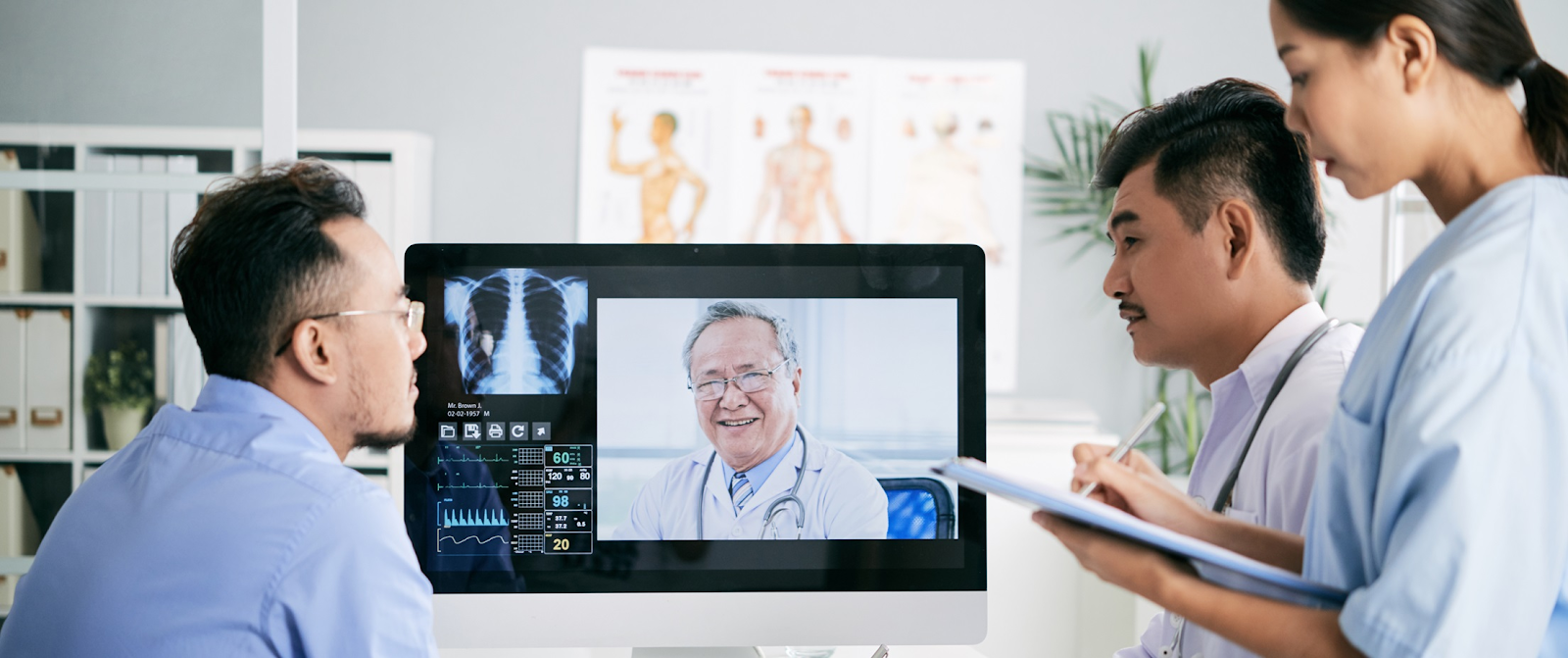The COVID-19 pandemic sweeping the globe is drastically changing the ways in which people approach work, play, education, and, of course, healthcare. In light of the outbreak, routine checkups have begun to shift online to relieve overcrowded hospitals and reduce opportunities for infection. This style of remote healthcare—termed telehealth or telemedicine—aims to provide care to patients at a distance.
Dr. Antonia Arnaert, a professor in McGill’s Ingram School of Nursing, described telehealth as a specific service of remote healthcare.
“The larger term that we are using now is digital health,” Arnaert said in an interview with The McGill Tribune. “Telehealth, telemedicine, or mobile health are all components of digital health.”
Digital health describes services that use technology to deliver healthcare, including data analytics, artificial intelligence, virtual reality, and networks of interconnected sensors and mobile technologies called the ‘Internet of Things’ (IoT).
Telehealth operates through various channels. Services can be delivered through video conferencing sessions, allowing the healthcare practitioner at the other end of the call to diagnose the patient’s condition in real time. Patients can also upload photos and other media for doctors to examine. Arnaert explained that patients’ digital data that do not require immediate attention are stored in a process called ‘store-and-forward.’ These data can then be retrieved at a more convenient time for busy healthcare providers, many of whom have become even busier with the COVID-19 pandemic.
Telemonitoring is a subset of telehealth that applies specifically to patients with chronic conditions and those recovering from surgery. Using body sensors and IoT networks, telemonitoring allows health professionals to remotely track and review patients’ vital signs.
By making distance and mobility non-factors, telehealth provides essential services to those who would otherwise struggle to access conventional healthcare. However, bringing telehealth into the mainstream is easier said than done, as both technical and human obstacles stand in the way of widespread adoption. The first major challenge is a lack of technical infrastructure that can facilitate the flow of information between patients, medical professionals, and hospitals. Much of the data in Quebec hospitals are still paper-based, and where electronic systems do exist, the ability of separate digital networks to effectively exchange data, termed interoperability, is still very low.
“The many challenges regarding interoperability […] makes it quite difficult for healthcare providers to become excited [about telehealth],” Arnaert said.
These primitive methods of data storage impede the development of telehealth services, as they rely on the abilities of digital systems to take in and process patient data on one end and transmit doctors’ orders back to patients on the other.
Other challenges of implementing telehealth lie in the realm of human resources. Providing reliable healthcare online requires an army of IT technicians to maintain network infrastructures and ensure that Internet connections are stable, servers are not overloaded, and data uploaded to cloud storage centres are secure and encrypted. As for the healthcare professionals themselves, they must be trained on using telehealth technologies.
The COVID-19 pandemic will provide a significant incentive to start shifting telehealth into the mainstream of healthcare. To ensure that the next generation of doctors and nurses are well equipped to provide telehealth services, Arnaert suggested that this type of training be integrated into medical education and at workplaces.
“The pandemic will speed up things from a healthcare perspective and help make changes,” Arnaert said.
Arnaert compared this trend in telehealth to the similar rise in e-learning brought about by school closures, in that the technology has always been available. The COVID-19 outbreak demonstrates the pressing need for such infrastructures, accelerating the incorporation of the online platform alongside conventional methods of providing education and healthcare. In the long term, the benefits from these digital tools may well outlast the outbreak itself.









